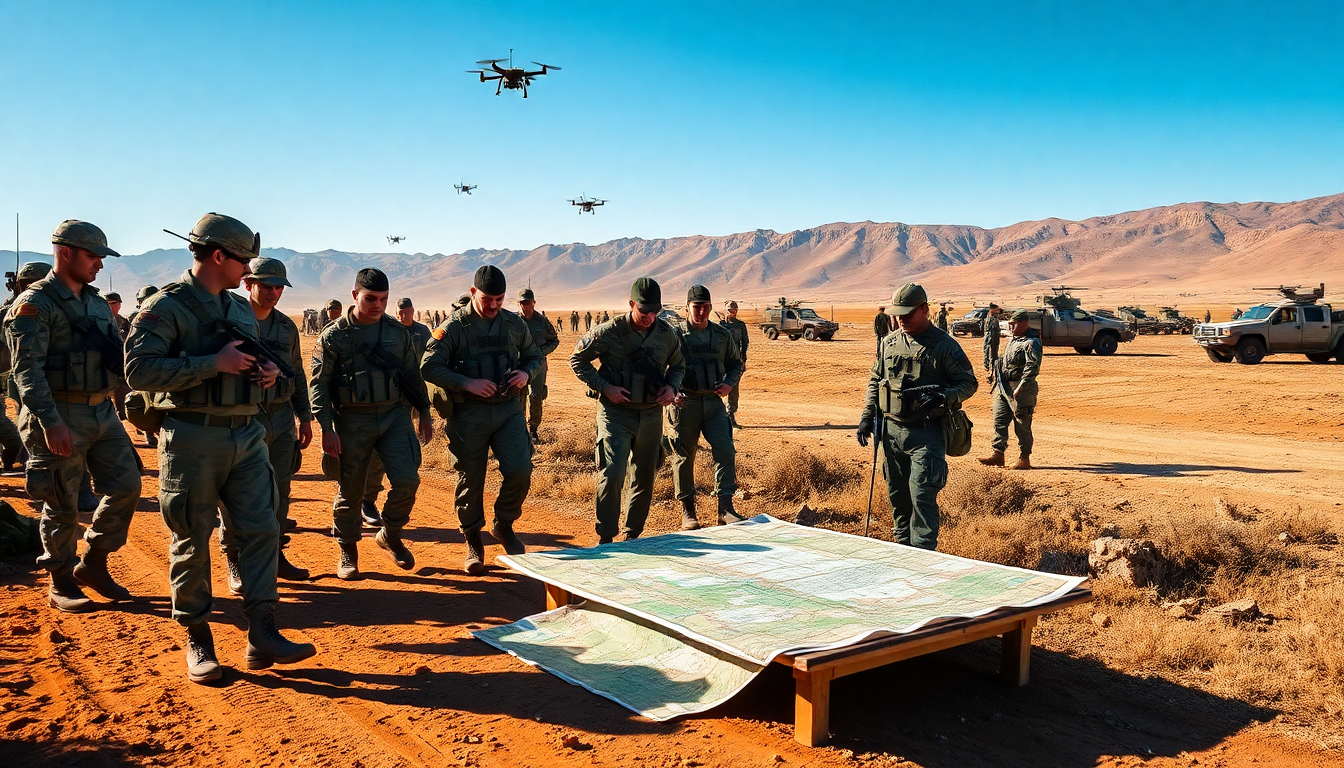Table of Contents
As the world changes, so does the way countries come together for military support. Recent developments in military aid, defense strategies, and international collaborations reveal just how complicated global security has become, especially during times of conflict. Curious about what’s happening? Let’s dive into the key trends, strategic partnerships, and what these actions mean for military readiness around the globe.
Understanding Military Support Today
Recently, the United States has stepped up as a key player in supplying anti-ballistic defense systems. But what does that mean for the ongoing conflicts? Rather than taking a clear ideological stance, the U.S.
is actively involved in the Ukraine Defense Contact Group, which coordinates military aid among 52 member nations. While not acting as a direct donor, the U.S. presence signals a strong commitment to supporting Ukraine in its fight against aggressive incursions.
At the same time, Ukraine’s European allies are mobilizing resources to strengthen air defenses against drone and missile threats. The European Union’s new sanctions package targets Russian energy imports while proposing a significant boost in its defense budget. This dual strategy highlights how military support and economic pressure work hand-in-hand to counter aggression.
Isn’t it fascinating how interconnected these elements are?
However, a growing ideological divide between the EU and the U.S. about how to respond to Russia’s actions raises important questions for the future of transatlantic defense collaboration. With Russian forces advancing in strategic areas across Ukraine, the need for a unified response is more urgent than ever.
This has led to discussions about joint military initiatives and advanced weaponry. How will these alliances shape the future of military engagements?
Shifts in Defense Strategy and Military Capabilities
The rise of drone warfare is becoming a game-changer in the current conflict.
Ukraine is using various defense systems, like the German-made IRIS-T and American NASAMS, to counter these threats. Recent statistics show that Ukraine has successfully intercepted or neutralized a significant number of incoming attacks, demonstrating its growing military capabilities. In just one week, Ukraine brought down over 800 drones—talk about an impressive defense!
In military meetings, notably under the Ramstein format, allies such as the UK and Germany have committed to supplying vital anti-aircraft missiles. This marks a strategic shift toward improving Ukraine’s aerial defense amid rising attacks from Russian forces. As military experts assess these systems, the consensus is clear: a solid and coordinated defense strategy is essential for Ukraine’s survival and sovereignty. But what’s next for Ukraine in this ongoing struggle?
On the other side, reports indicate that Russia is ramping up its drone production, signaling a new phase in the conflict. The plan to launch thousands of drones in coordinated strikes poses a significant challenge for Ukrainian defenses. This situation has intensified the focus on both domestic military production and international partnerships, with Ukraine’s leadership stressing the urgent need to boost local arms manufacturing. How will these dynamics impact the battlefield?
What the Future Holds for Military Engagements
As global powers navigate these challenging waters, the implications of military partnerships go beyond just immediate defense needs. We’re seeing a shift towards self-reliance and increased investment in domestic defense industries. For instance, Ukraine aims to produce more than half of its military equipment domestically by year’s end, reflecting a commitment to national security in the face of external pressures.
Moreover, the proposed budget increases from the EU for defense and research demonstrate a long-term commitment to establishing a cohesive European defense strategy. This move aims to lessen reliance on external powers, especially with ongoing geopolitical tensions. By integrating defense procurement and innovation, European nations can adapt to modern military challenges and remain competitive. Isn’t it interesting to see how these strategies evolve?
Looking ahead, the ongoing negotiations and strategic partnerships are set to shape military engagements worldwide. The collaboration between the U.S. and European nations, especially regarding advanced defense systems like the Patriot missile system, underscores the need for a united front against common threats. As countries align their military strategies, the focus will remain on enhancing capabilities to deter aggression and protect sovereignty in an increasingly complex global environment. What surprises lie ahead in this ever-evolving landscape?





